Presenting Mount Savage Farm
Circa 1820 Located in Mount Savage, MD a National Historic Landmark town
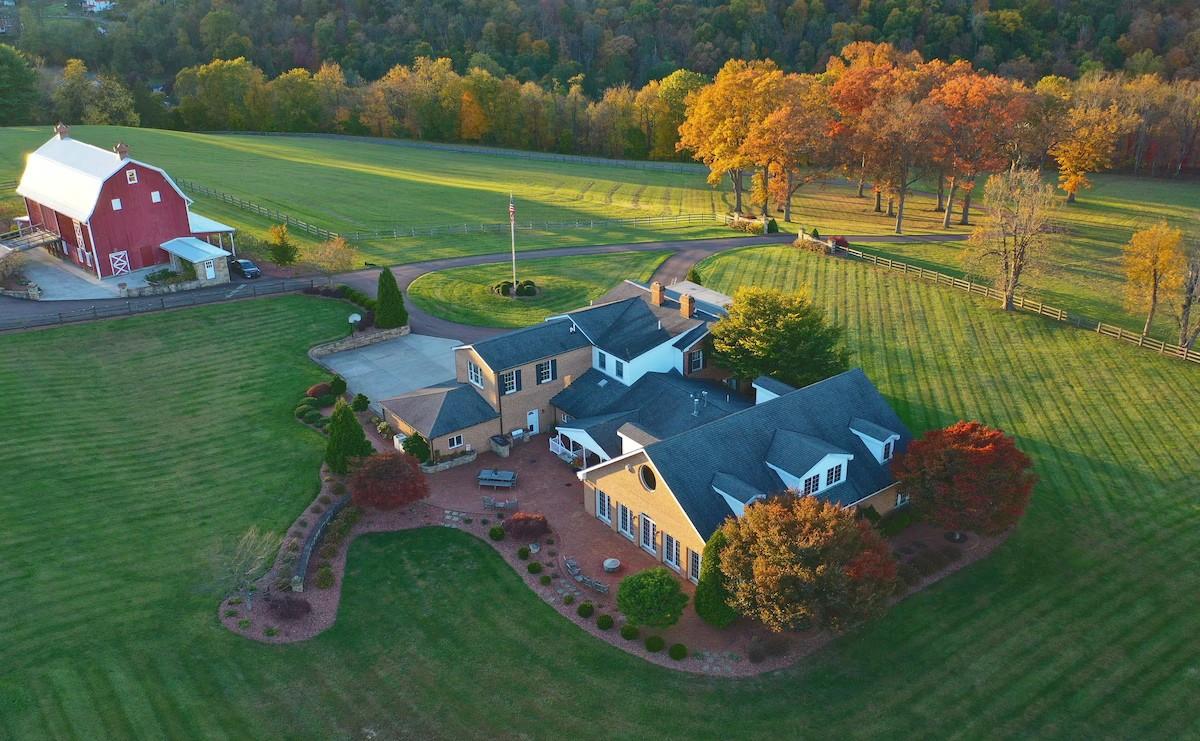
Nestled on a beautiful hilltop on approximately 108 acres just outside of historic Frostburg, MD. Currently used as a lucrative VRBO this farm has potential for an Event venue, Equestrian estate, Fishing Lodge, Corporate Retreat, or a Family home it is being sold fully-furnished including antique furniture, décor, art, pool supplies, and more. A few personal items are excluded.
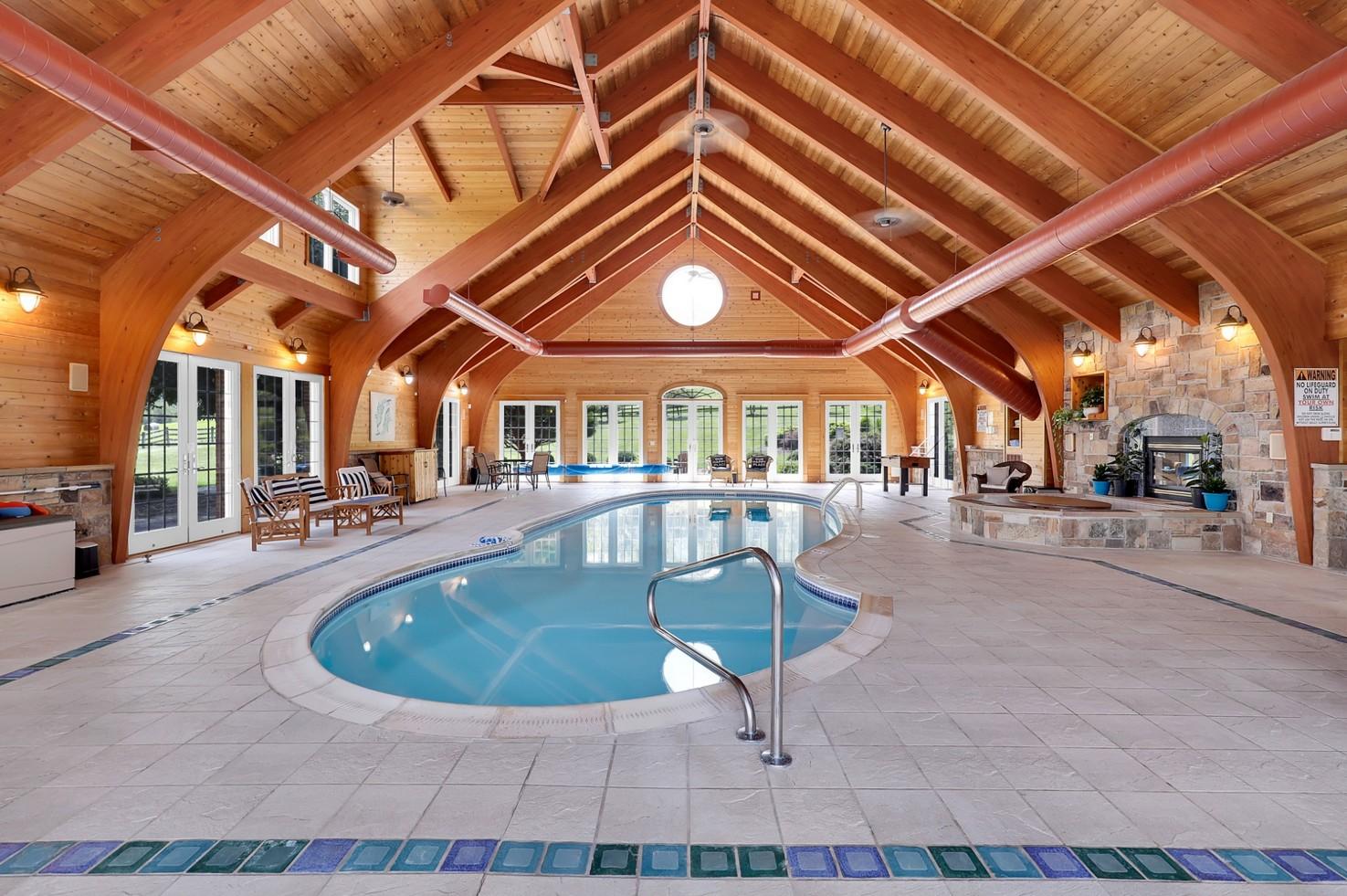
Spectacular indoor saltwater pool in a soaring two story all wood pavilion with heated floors, a full bar, 72” TV, stunning pastoral views, with easy access to the outdoor kitchen, fire pit, and outdoor hot tub.
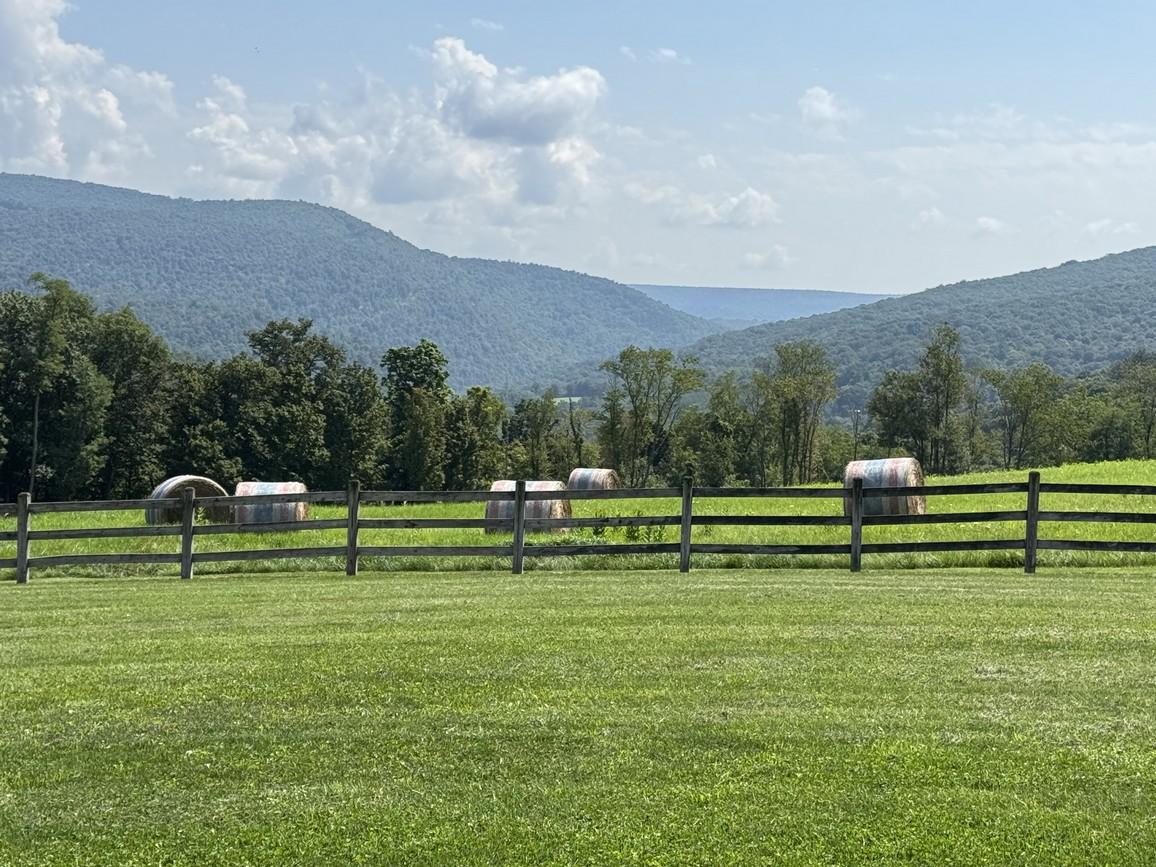
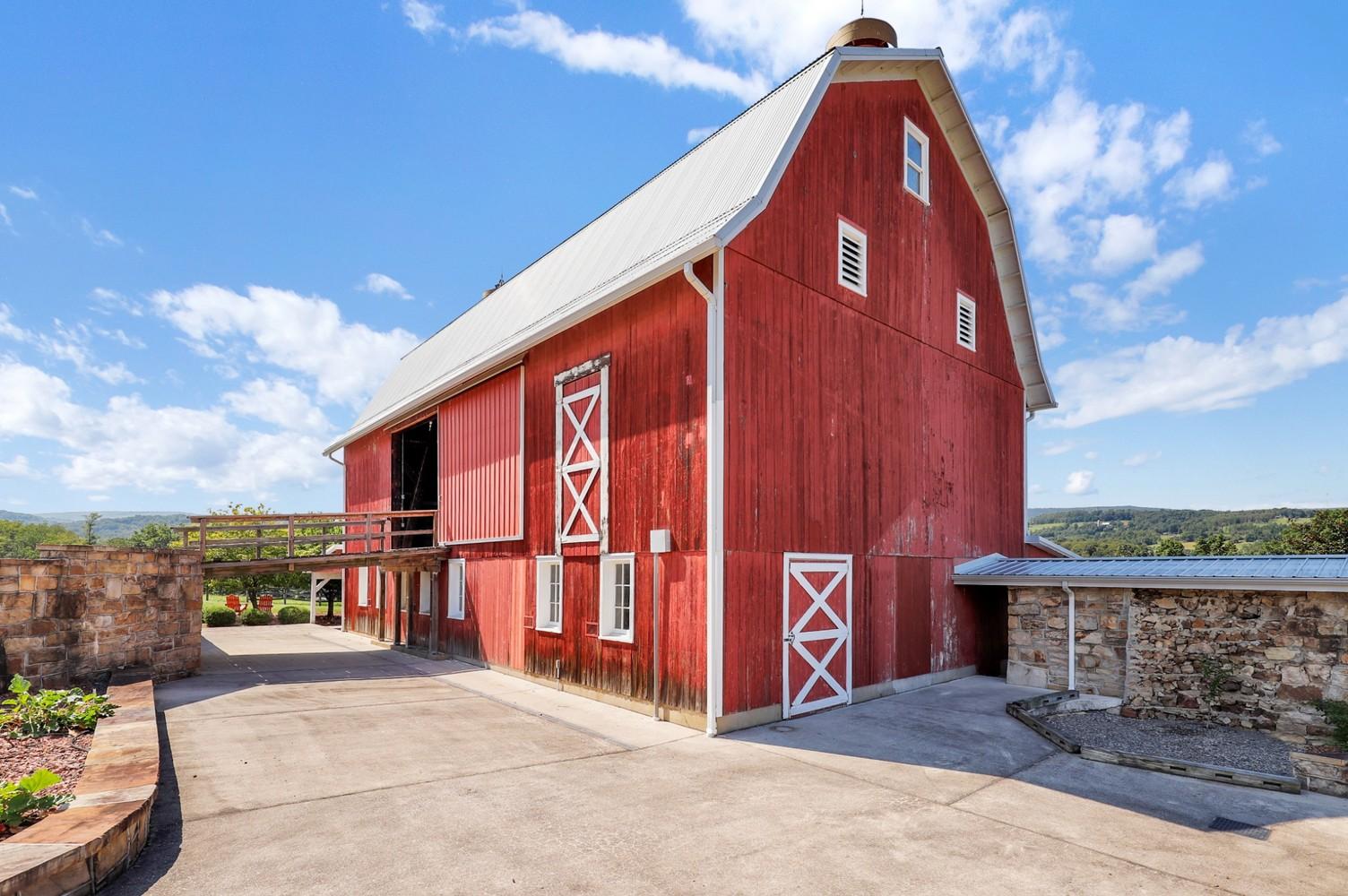
Historic red barn with character, ideal for event use. The inside of the barn is stunning and the lower level and outdoor patio area have plenty of entertaining space. Great location for wedding venue or wine tasting events.
The property includes wood board fence pastures, a gated entry, a hand built Amish bank barn, outbuilding with parking for six vehicles including RVs, ATVs, a stocked fishing pond, and private gate access to the Western Maryland Heritage Trail which connects Western MD to Washington, DC along the C&O canal trail. It also connects to the Appalachian Trail and Western Maryland Heritage Trail.
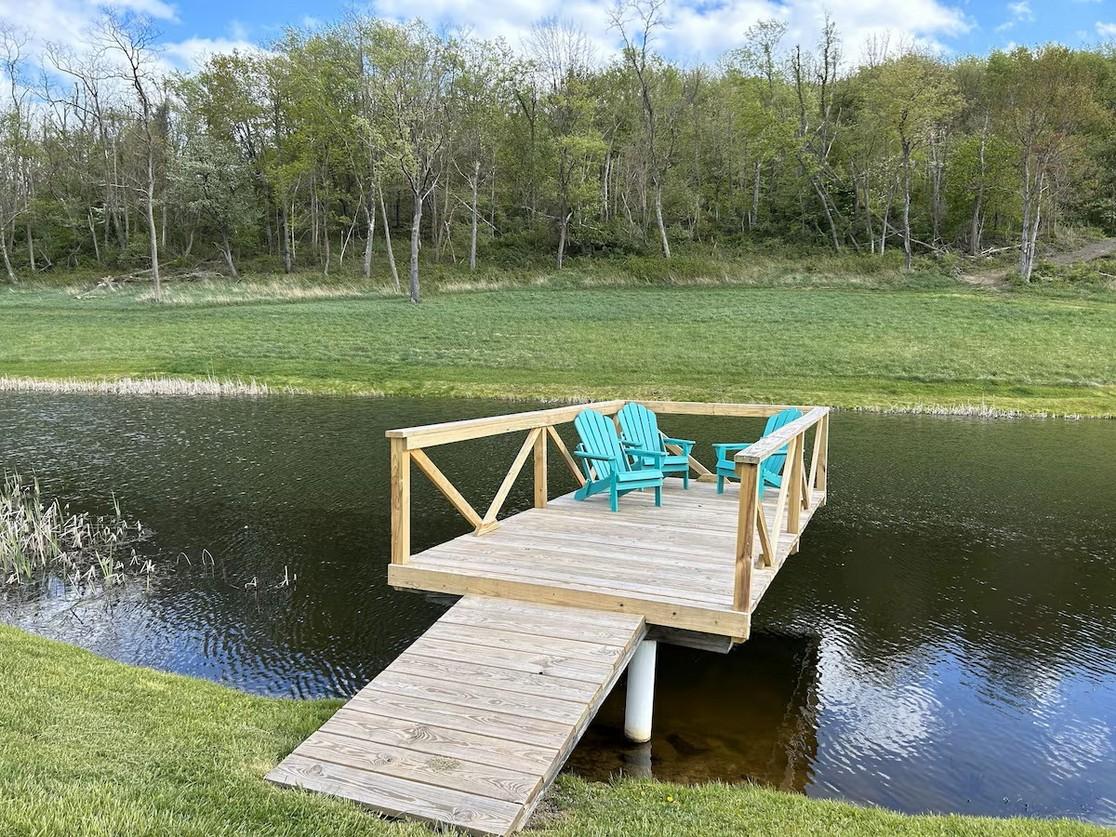


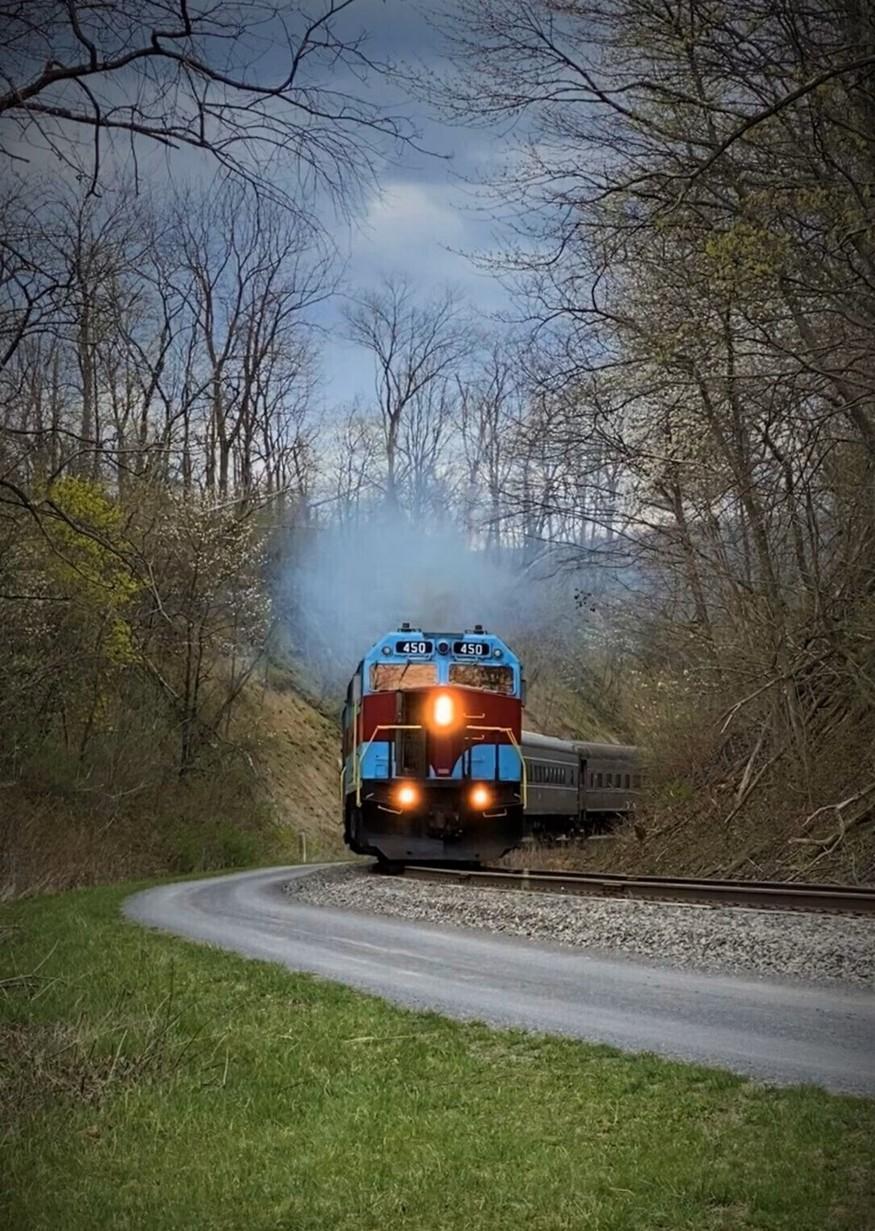
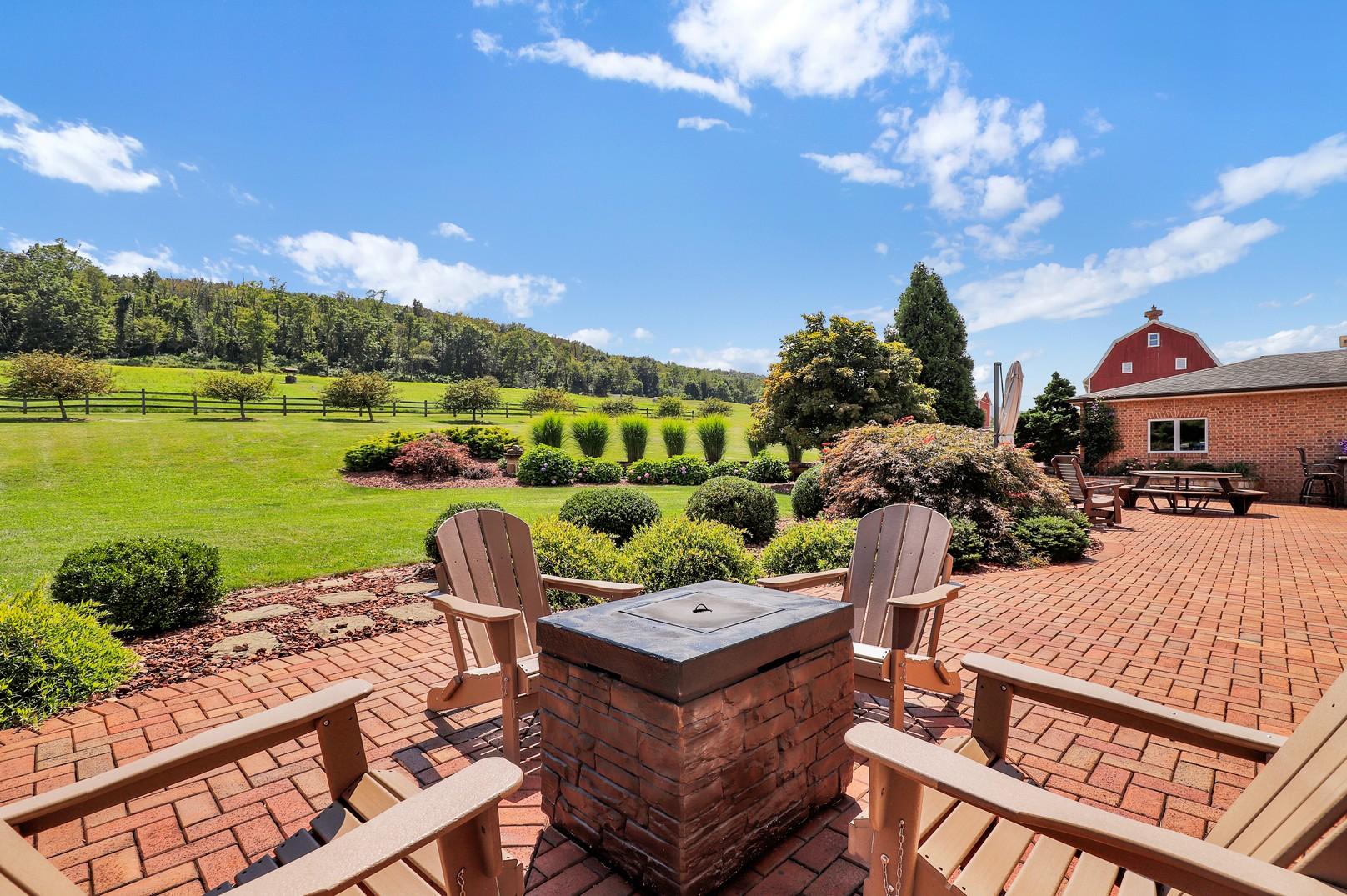
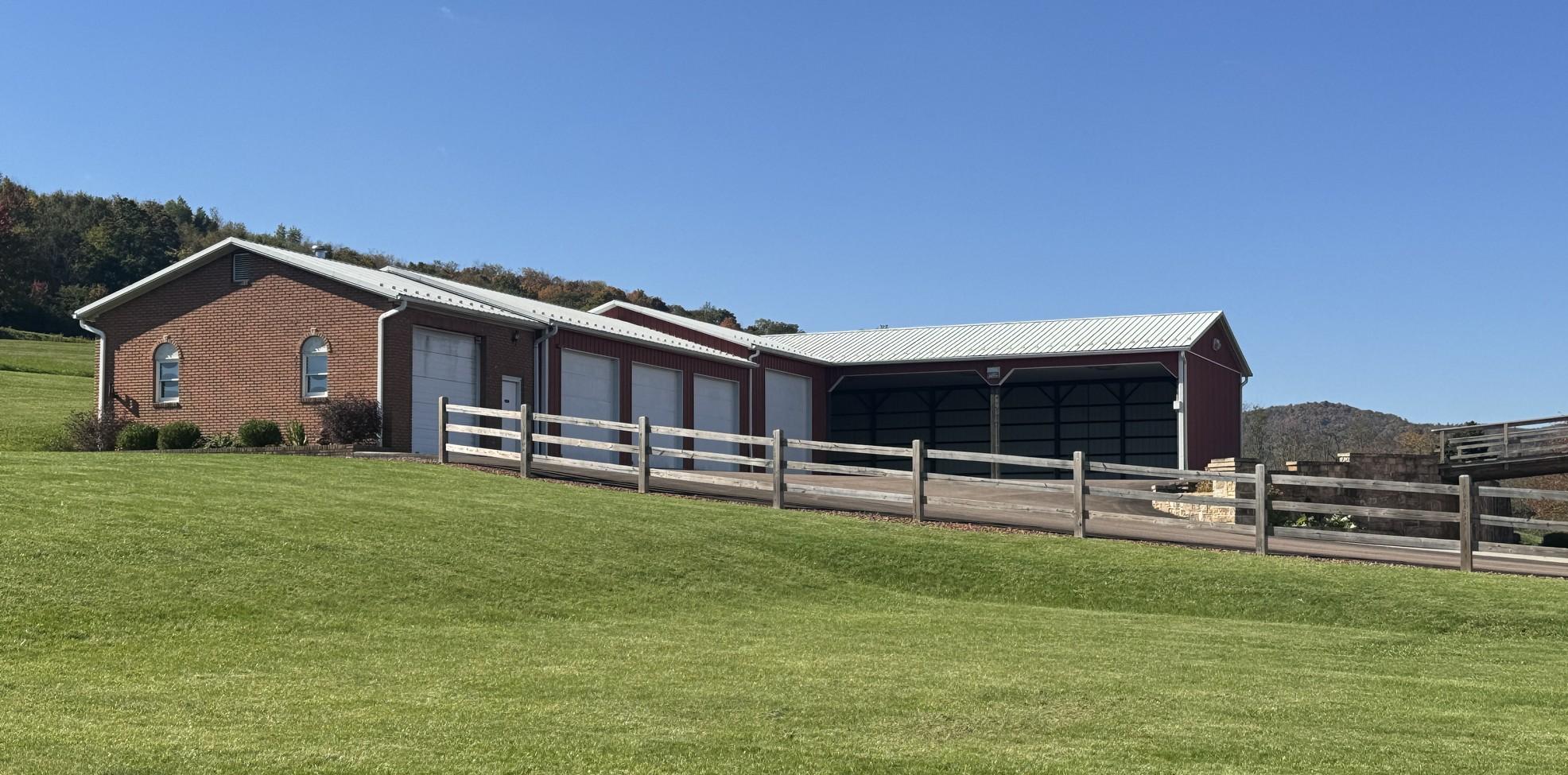
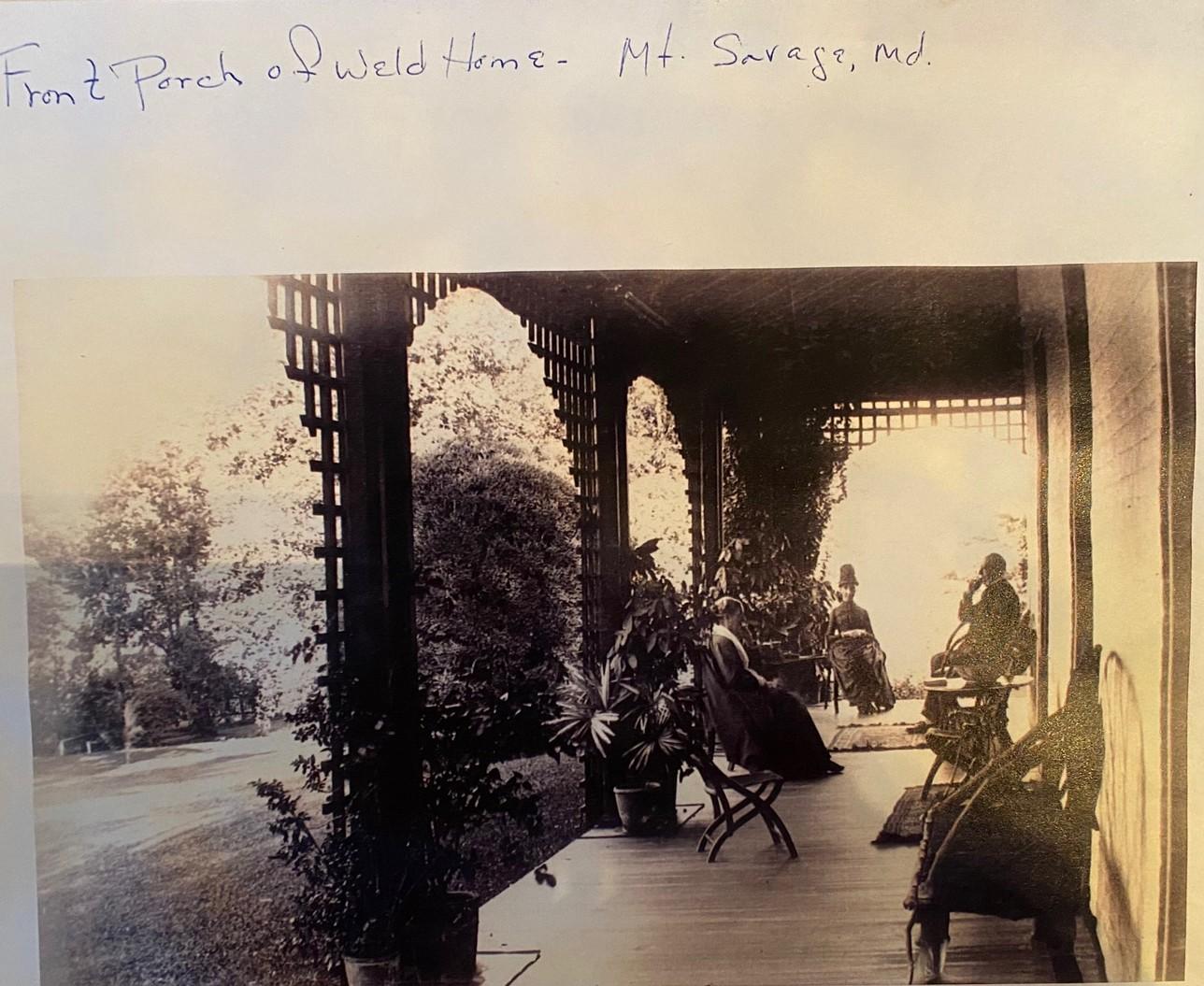
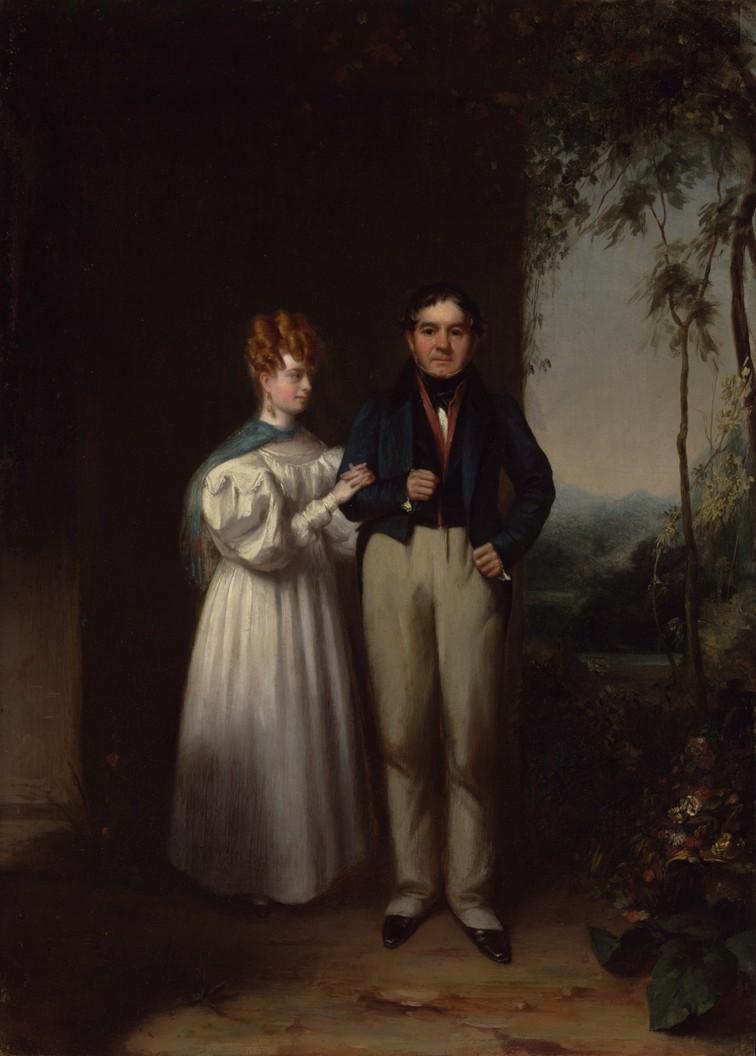
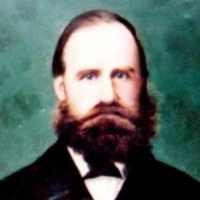
Henry Thomas Weld’s farm on Mount Savage Mountain, near what is now Weimer Road in Allegany County, Maryland, was part of a broader network of landholdings that reflected his deep involvement in the region’s industrial and civic development. Weld, an English-born engineer and entrepreneur, arrived in the U.S. in 1838 and quickly became a key figure in Western Maryland’s coal, canal, and iron industries. While much of his public legacy is tied to the Mount Savage Iron Works and the Keystone Coal Company, his private estate on Mount Savage Mountain served as his summer residence and likely functioned as both a retreat and a working farm.
According to deed records from Allegany County, Weld and his wife Harriet Emily Hoffman acquired numerous parcels of land between 1844 and 1894, including acreage on and around Mount Savage Mountain. The property near present-day Weimer Road would have offered panoramic views of the valley and proximity to the industrial heart of Mount Savage, while remaining secluded enough for a gentleman’s estate. While no detailed architectural records of the farmhouse survive, Weld’s estate inventory suggests a comfortable and well-appointed lifestyle, with furnishings and goods consistent with upper-middleclass Victorian standards.
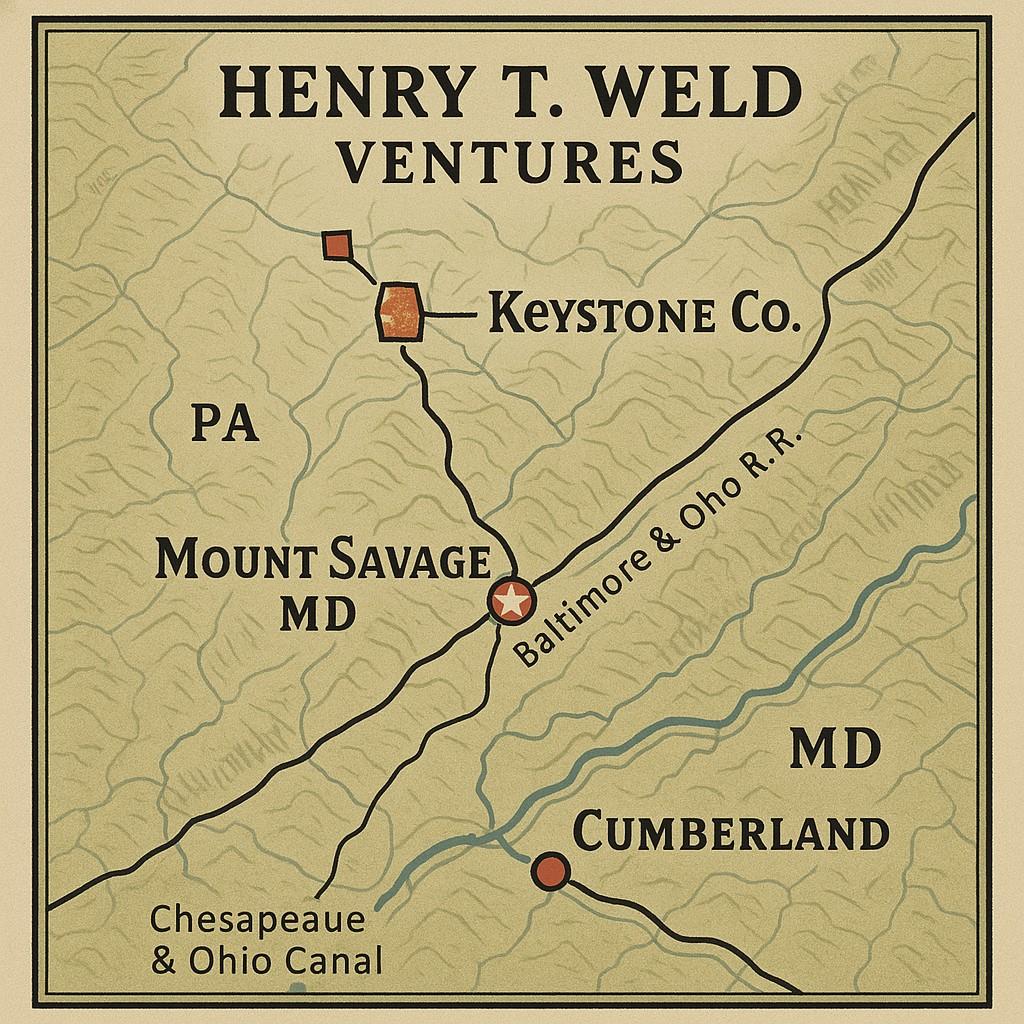
There are no known surviving photographs of Henry Thomas Weld or his wife Harriet Emily Hoffman Weld, likely due to the era in which they lived — Weld arrived in the U.S. in 1838 and died in the late 19th century, when photography was still emerging and not widely accessible outside major cities.
However, there is a notable oil portrait of Harriet as a young woman, painted around 1830 by William James Hubbard. It depicts her with her father, Jeremiah Hoffman, and is held by the Baltimore Museum of Art. This painting offers a rare visual connection to the Weld family and is referenced in the H.T. Weld Family History compiled by William Bauman.



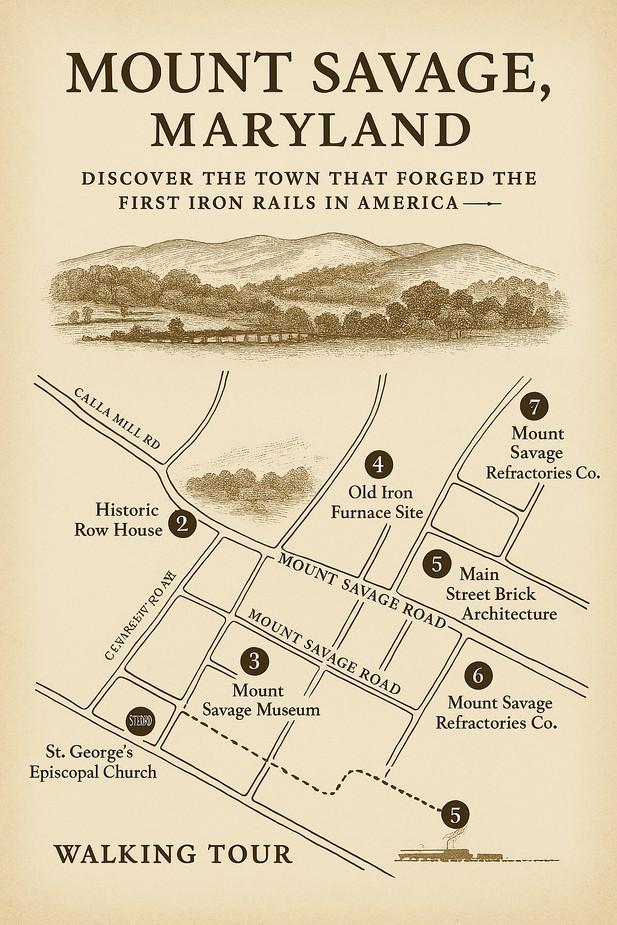
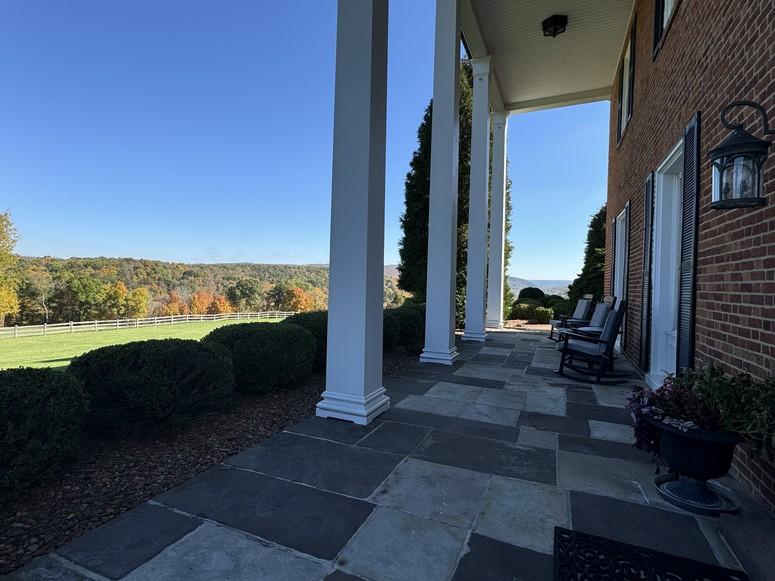
�� A Brief History of Mount Savage
Mount Savage rose to national prominence in 1844 when it became the first place in the United States to roll iron railroad rails, breaking reliance on British imports. This achievement was made possible by the Maryland and New York Iron and Coal Company, founded in 1837 by English entrepreneur Benjamin Howell. The company-built blast furnaces, a rolling mill, and a private rail line connecting the town to Cumberland and the Baltimore & Ohio Railroad.
The town quickly evolved into a company town, with over 300 homes, churches, schools, and a company store built to support a diverse workforce of Irish, Welsh, German, and Italian immigrants. By the 1850s, Mount Savage was the fifth-largest city in Maryland and a hub for iron, coal, and brick production.
In addition to iron, the discovery of fire clay led to a thriving brickmaking industry, including the famed enameled bricks used in the New York City subway system. Though the iron furnaces fell silent by the 1870s, the town’s legacy as a cradle of American industry endures.
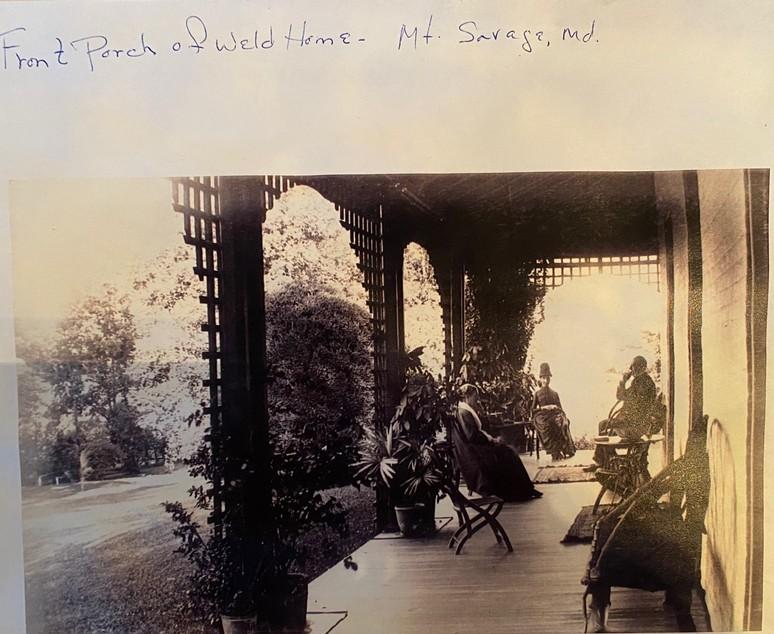
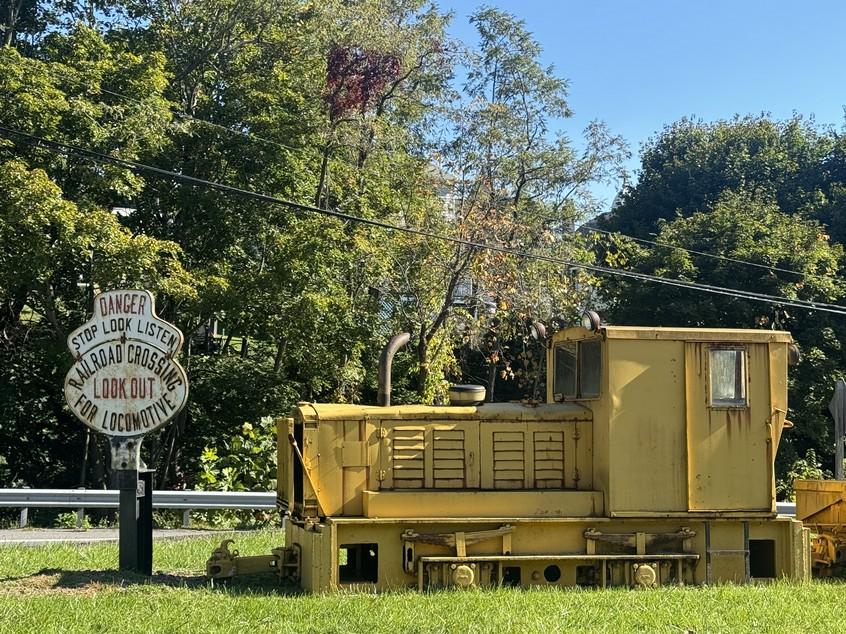
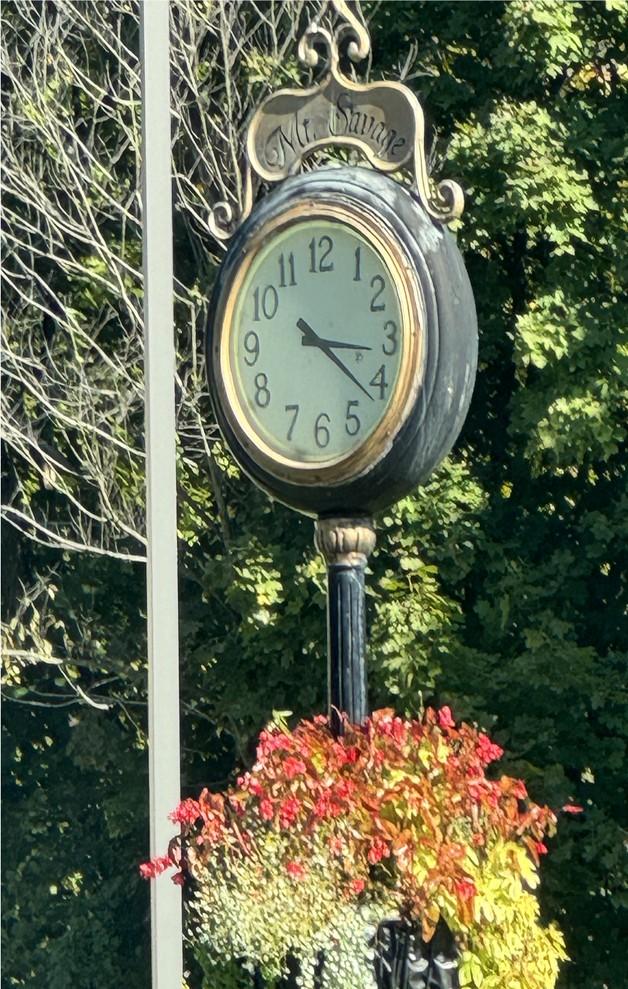

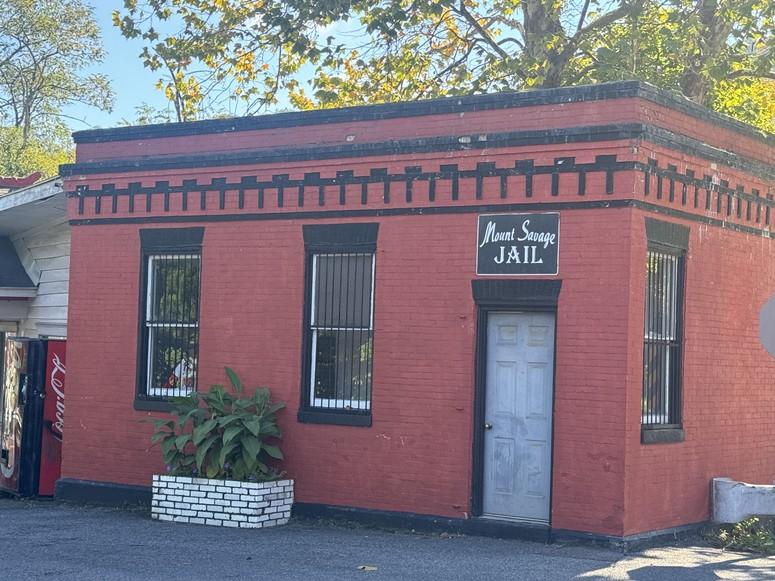

All furnishing are included in the sale price except for a few personal items.





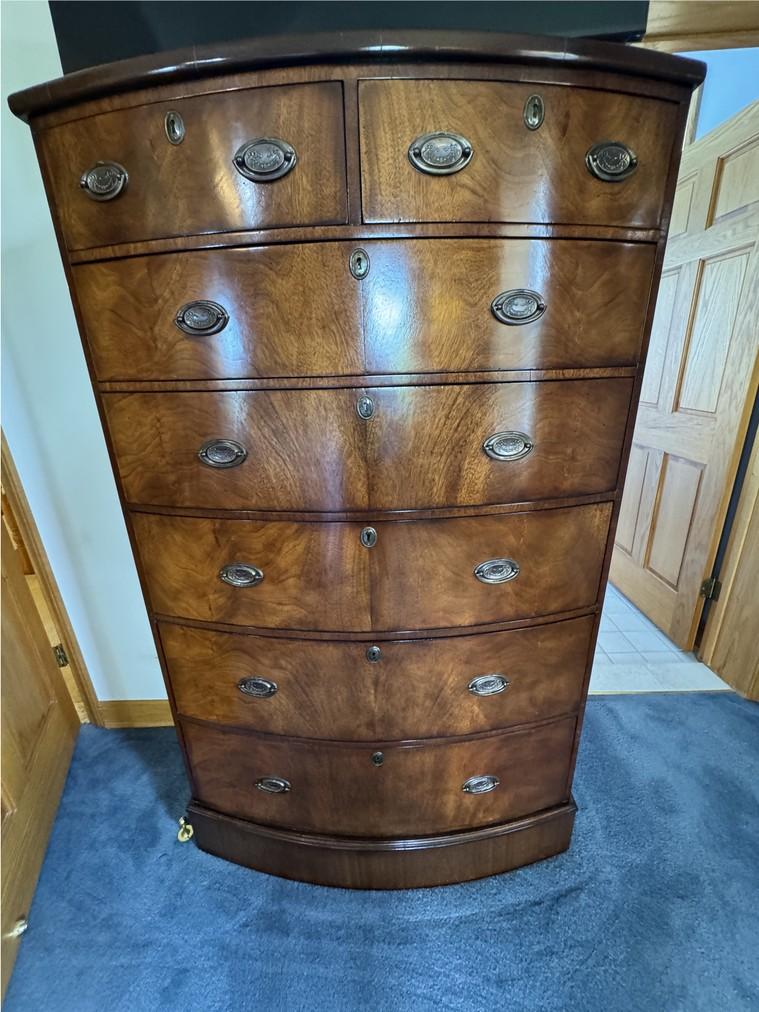
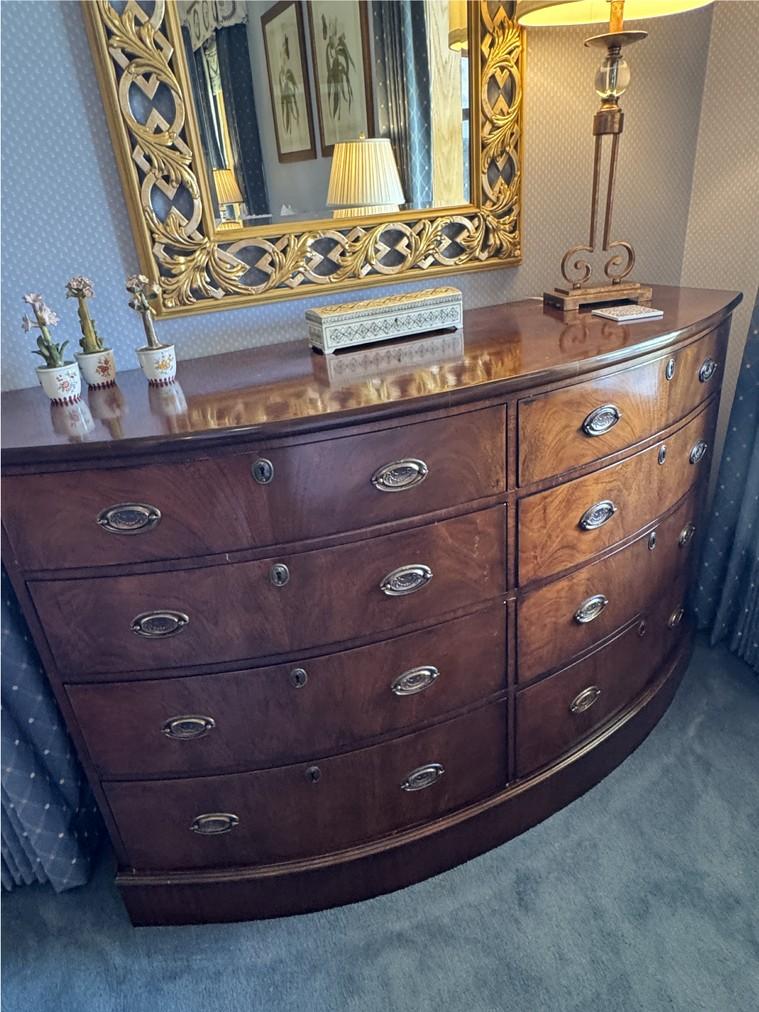
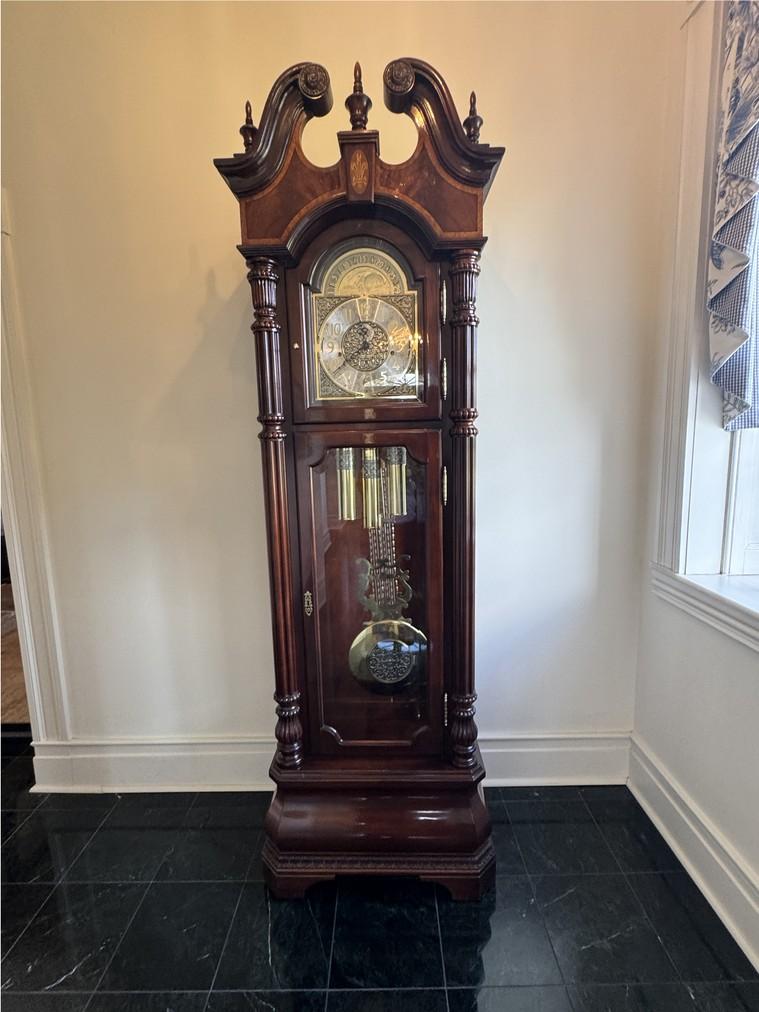
All furnishing are included in the sale price except for a few personal items. List is available upon request.



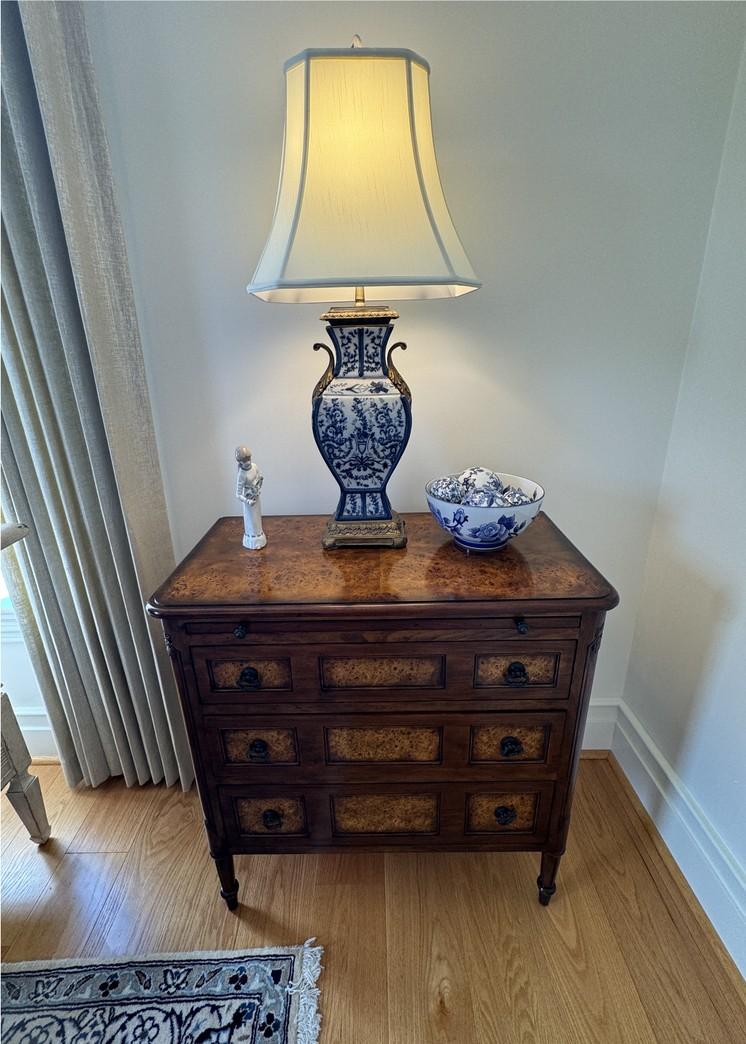
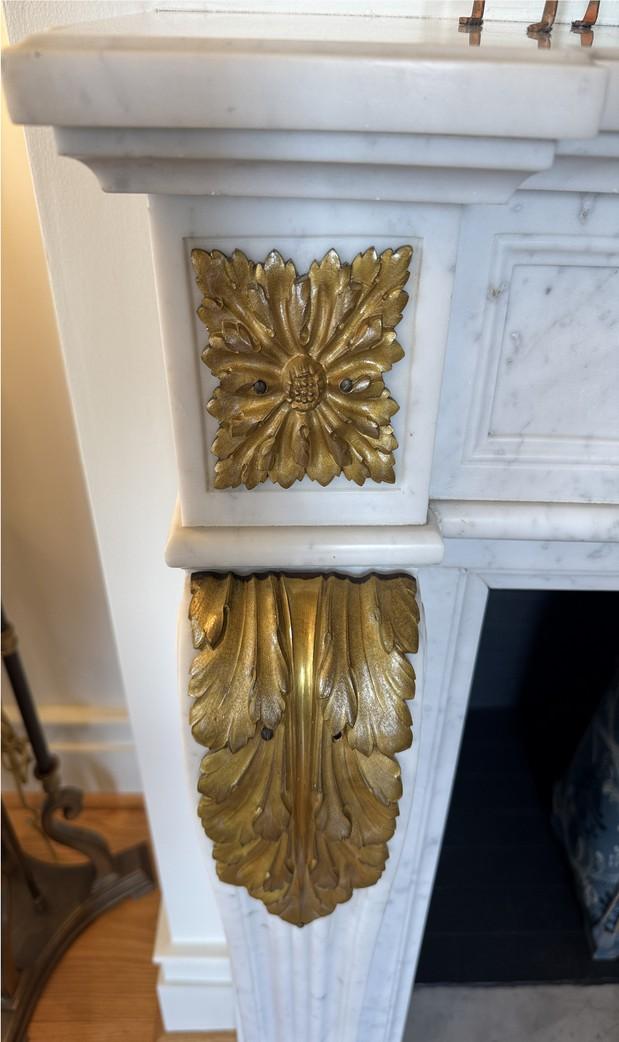

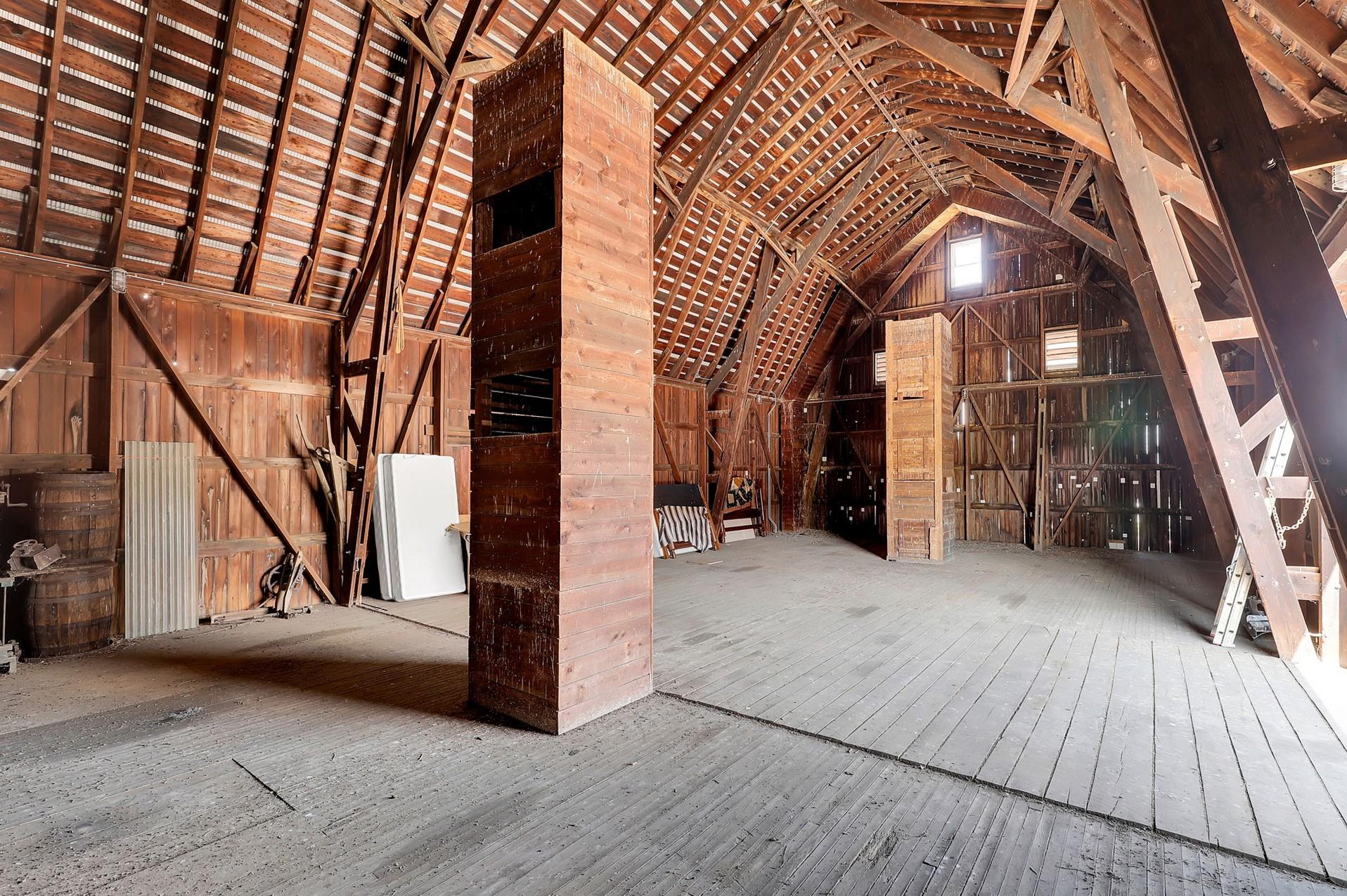

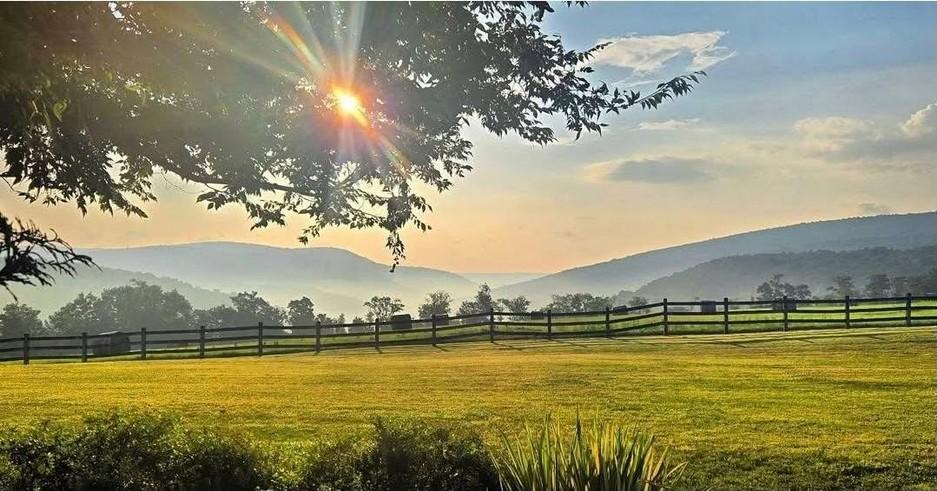
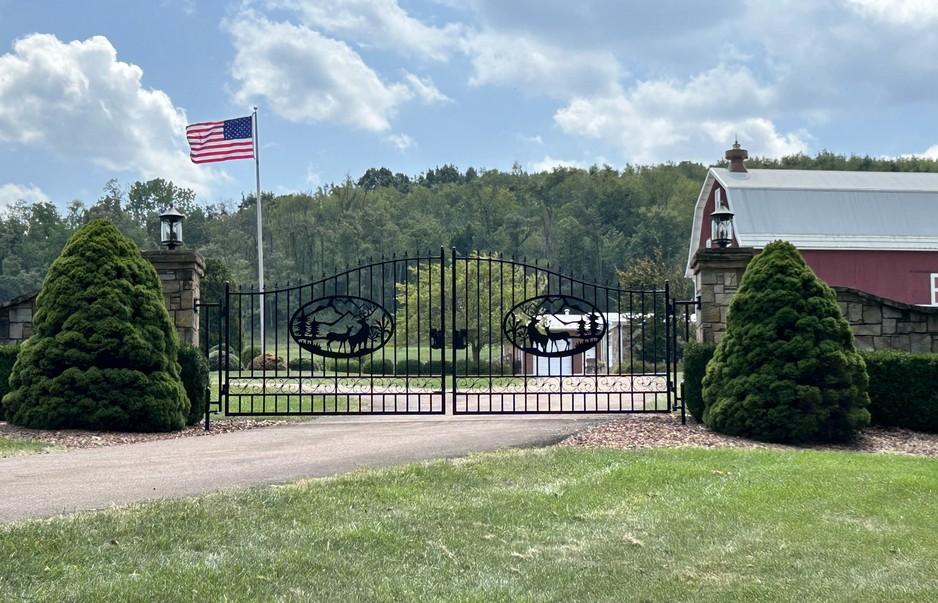
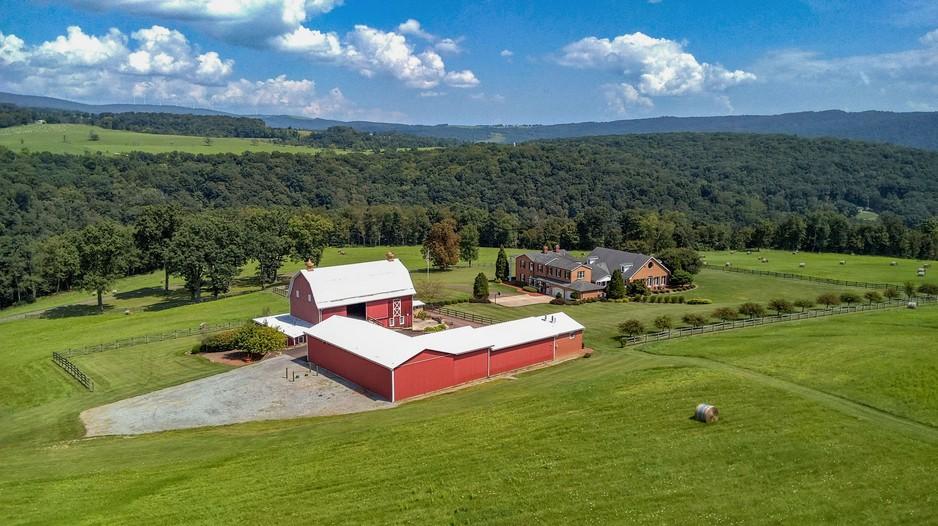
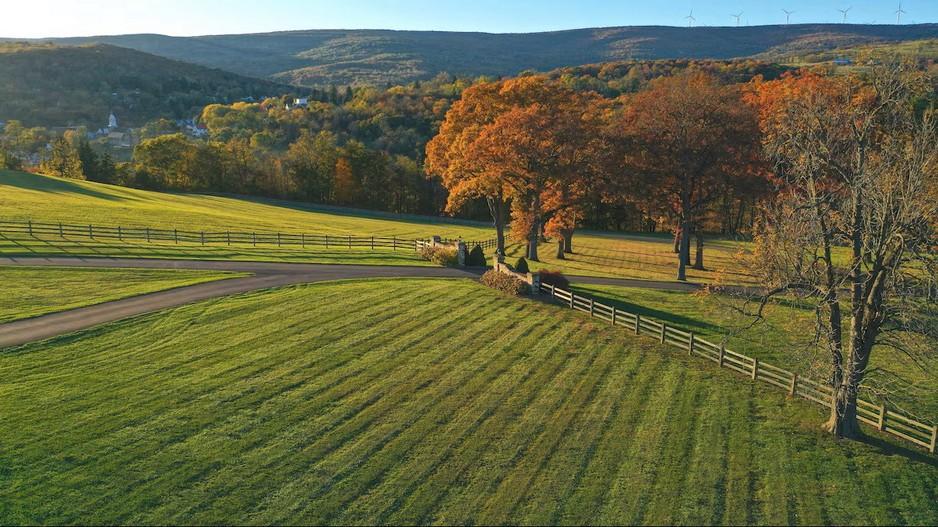
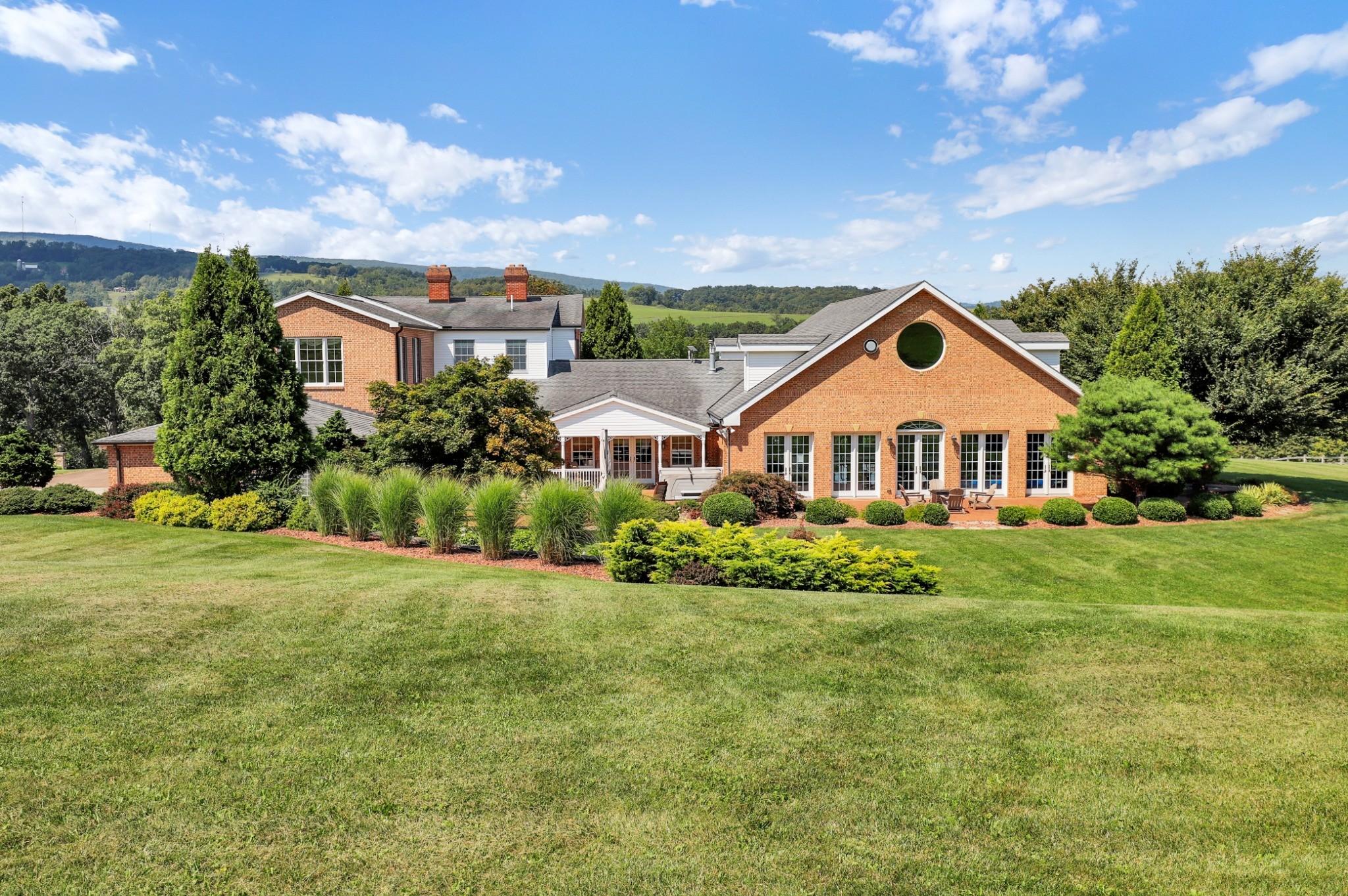
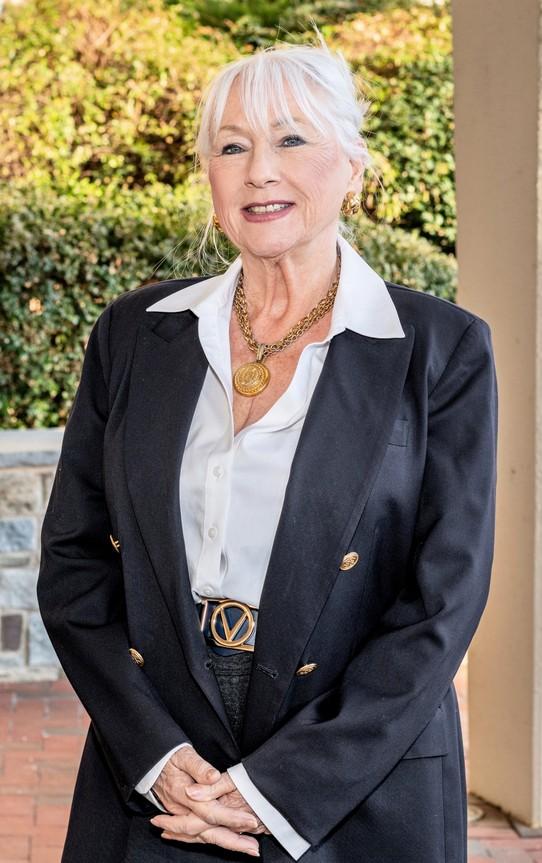


Additional historical information, photos, maps, survey map, and other information about this home, general area, VRBO income and asking price are available upon request. For detailed specifications please visit: https://www.middleburglife.com/mount-savage-f arm-estate/ https://www.youtube.com/watch?v=aPuJ-wZ7qQ E?v=274
